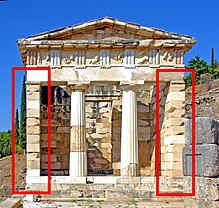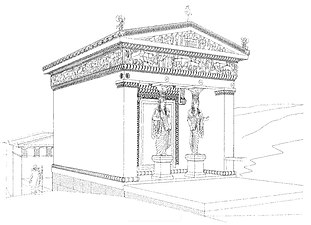
Ancient Greek architecture came from the Greek-speaking people whose culture flourished on the Greek mainland, the Peloponnese, the Aegean Islands, and in colonies in Anatolia and Italy for a period from about 900 BC until the 1st century AD, with the earliest remaining architectural works dating from around 600 BC.

Greek temples were structures built to house deity statues within Greek sanctuaries in ancient Greek religion. The temple interiors did not serve as meeting places, since the sacrifices and rituals dedicated to the respective ouranic deity took place outside them, within the wider precinct of the sanctuary, which might be large. Temples were frequently used to store votive offerings. They are the most important and most widespread building type in Greek architecture. In the Hellenistic kingdoms of Southwest Asia and of North Africa, buildings erected to fulfill the functions of a temple often continued to follow the local traditions. Even where a Greek influence is visible, such structures are not normally considered as Greek temples. This applies, for example, to the Graeco-Parthian and Bactrian temples, or to the Ptolemaic examples, which follow Egyptian tradition. Most Greek temples were oriented astronomically.

The Siphnian Treasury was a building at the Ancient Greek cult centre of Delphi, erected to host the offerings of the polis, or city-state, of Siphnos. It was one of a number of treasuries lining the "Sacred Way", the processional route through the Sanctuary of Apollo, erected to win the favor of the gods and increase the prestige of the donor polis. It was one of the earlier surviving buildings of this type, and its date remains a matter for debate, with the most plausible date being around 525 BC. Until recently it was often confused or conflated with the neighbouring Cnidian Treasury, a similar but less elaborate building, as the remains of the two had become mixed together and earlier theoretical reconstructions used parts of both.
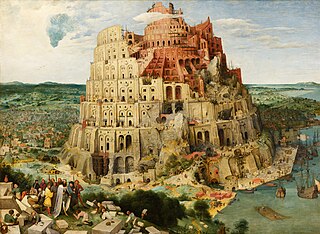
Architectural mythology means the symbolism of real-world architecture, as well as architecture described in mythological stories. In addition to language, a myth could be represented by a painting, a sculpture or a building. It is about the overall story of an architectural work, often revealed through art.

An anta, or sometimes parastas, is an architectural term describing the posts or pillars on either side of a doorway or entrance of a Greek temple – the slightly projecting piers which terminate the walls of the naos. It differs from the pilaster, which is purely decorative, and does not have the structural support function of the anta.

In classical architecture, amphiprostyle denotes an ancient temple with a portico both at the front and the rear, where the columns on the narrow sides are not between antae. The number of columns rarely exceeded four in the front and four in the rear. The best-known example is the tetrastyle small Temple of Athena Nike at Athens. Other known examples are the Temple of Artemis Agrotera outside Athens, and the hexastyle Temple of the Athenians at Delos.

A distyle is a small temple-like structure with two columns. By extension, a distyle can also mean a distyle in antis, the original design of the Greek temple, where two columns are set between two antae.

Delphi Archaeological museum is one of the principal museums of Greece and one of the most visited. It is operated by the Greek Ministry of Culture. Founded in 1903, it has been rearranged several times and houses the discoveries made at the Panhellenic sanctuary of Delphi, which date from the Late Helladic (Mycenean) period to the early Byzantine era.
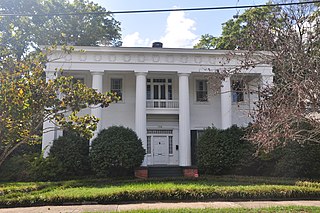
The Small House in Macon, Georgia, also known as Ralph Small House,Napier-Small House, or McMullan-Napier-Small House, is a "distinguished" example of high-style Greek Revival architecture that was built in 1846 by Skelton Napier.

The Arrephorion or House of the Arrephoroi is a building conjectured to have been on the Acropolis of Athens based on a passage in Pausanias. The discovery of the foundations of a substantial building on the north-west edge of the Acropolis has led to the identification of this structure with the Arrephorion.

The Athenian Treasury at Delphi was constructed by the Athenians to house dedications and votive offerings made by their city and citizens to the sanctuary of Apollo. The entire treasury including its sculptural decoration is built of Parian marble. The date of construction is disputed, and scholarly opinions range from 510 to 480 BCE. It is located directly below the Temple of Apollo along the Sacred Way for all visitors to view the Athenian treasury on the way up to the sanctuary.

The Richard Sheppard Arnold United States Post Office and Courthouse is a courthouse of the United States District Court for the Eastern District of Arkansas in Little Rock, Arkansas. Completed in 1932, in 2003 it was renamed for Court of Appeals judge Richard S. Arnold. It is located at 500 West Capitol Avenue. It was listed on the National Register of Historic Places in 1999 as Little Rock U.S. Post Office and Courthouse.

An antae temple, also a distyle in antis temple, is a special name given to a type of ancient Greek or Roman temple that has side walls that extend to form a porch at the front or rear and terminated in structural pillars that were called the antae. If columns were placed in advance of the walls or antae, the temple was termed prostyle and if columns surrounded the temple it was termed peripteral.

The Temple of Hera Lacinia, or Juno Lacinia, otherwise known as Temple D, is a Greek temple in the Valle dei Templi, a section of the ancient city of Agrigentum in Sicily.
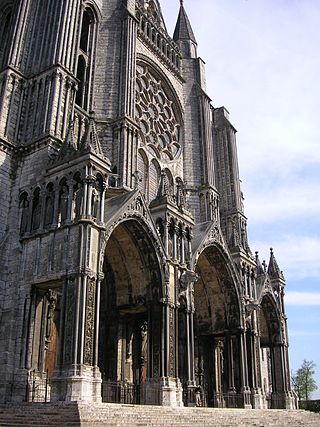
A porch is a room or gallery located in front of an entrance of a building. A porch is placed in front of the facade of a building it commands, and forms a low front. Alternatively, it may be a vestibule, or a projecting building that houses the entrance door of a building.
The Treasury of Cyrene was a building in the sanctuary of Apollo in Delphi. The treasury was possibly built as a token of gratitude for a large endowment of wheat offered to Delphi's inhabitants during a lean period.

Cnidus was represented at the Sanctuary of Apollo in Delphi by the Treasury of the Cnidians of the late Archaic period and by a late Classical period building, called "Lesche", a kind of club for social gatherings.

Jandial near the city of Taxila in Pakistan is the site of an ancient temple well known for its Ionic columns. The temple is located 630 meters north of the northern gate of Sirkap. The Temple was excavated in 1912–1913 by the Archaeological Survey of India under John Marshall. It has been called the most Hellenic structure yet found on Pakistani soil.
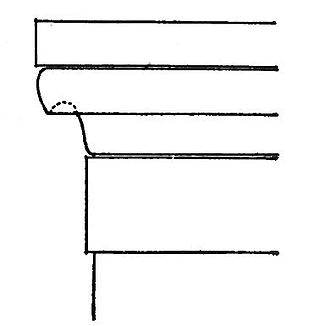
An anta capital is the crowning portion of an anta, the front edge of a supporting wall in Greek temple architecture. The anta is generally crowned by a stone block designed to spread the load from the superstructure (entablature) it supports, called an "anta capital" when it is structural, or sometimes "pilaster capital" if it is only decorative as often during the Roman period.
